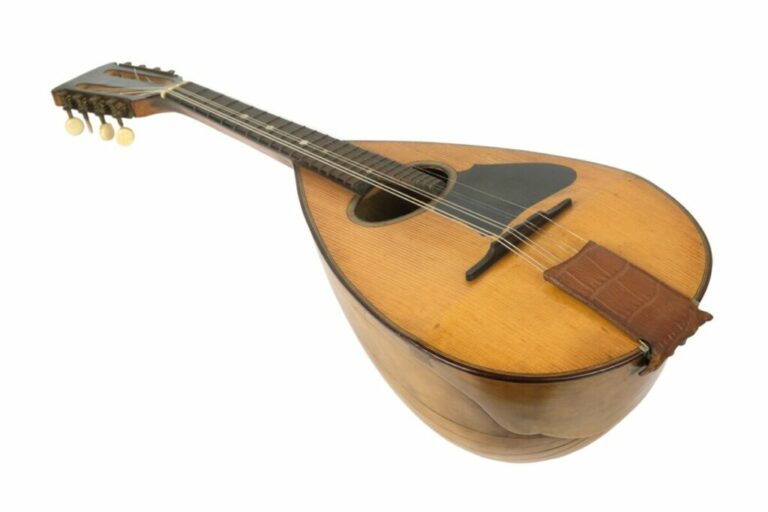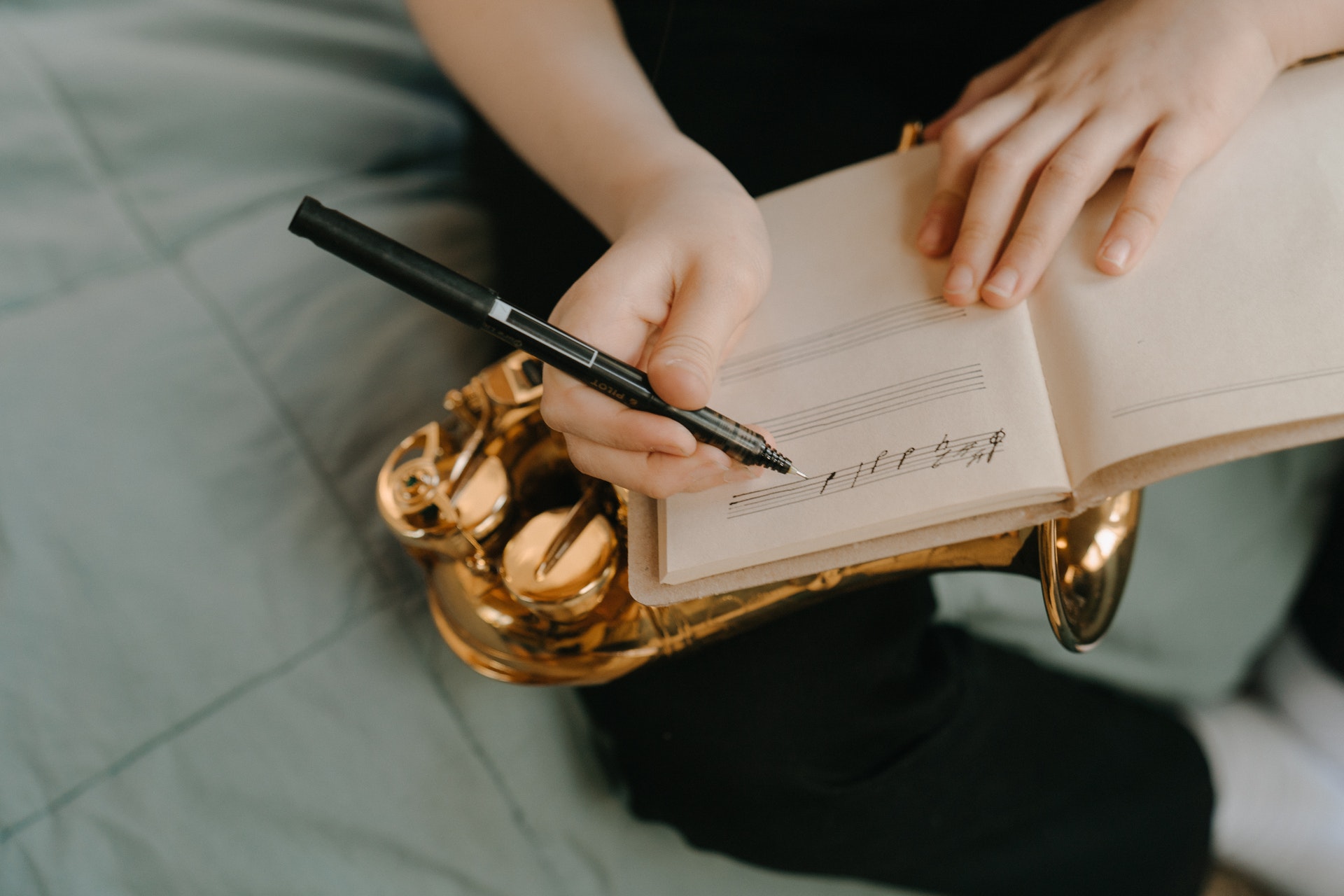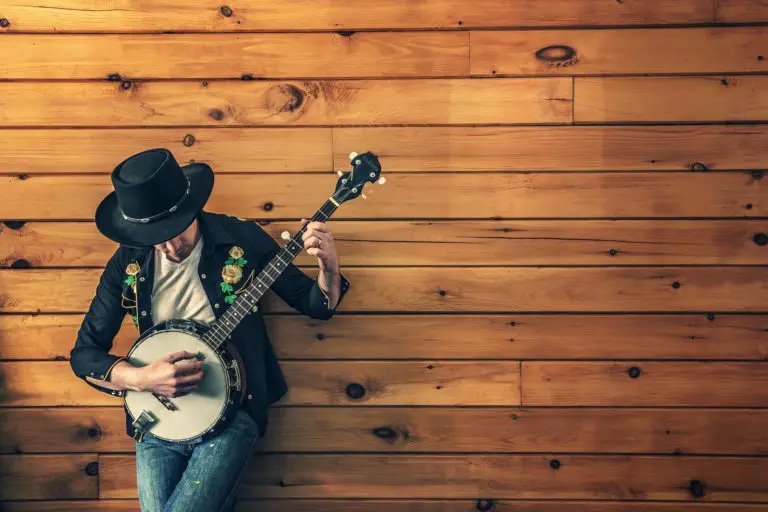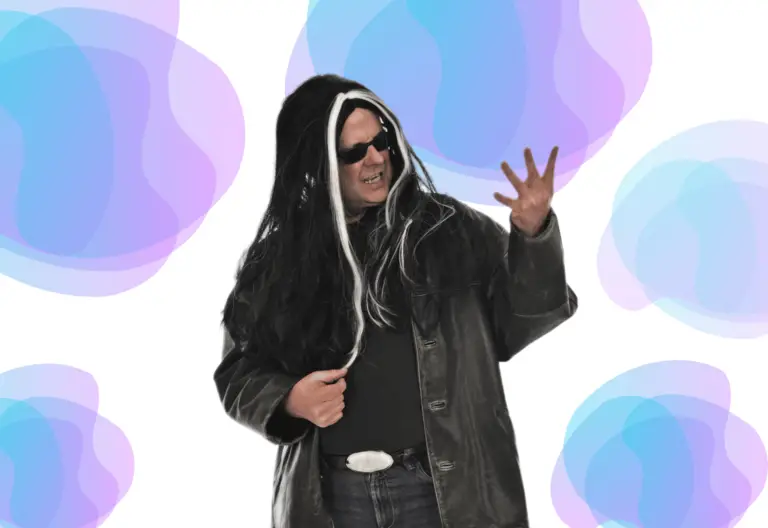Do You Need Long Fingers To Play The Piano?
There’s an urban myth that suggests you need long fingers to play the piano. It’s a myth that derived from some legendary pianists achieving their feats due to their longer digits.
Despite the rumors, you don’t need long fingers to play the piano, as these skills derive from practice and concentration rather than digit length or large hand spans.
Virtuosos like Sergei Rachmaninov and Franz Liszt did indeed have large handspans, giving way to the famous term “piano hands”.
However, plenty of pianists – both professional and amateur – have been excellent players without having abnormally long fingers or large hands. So do you need long fingers to play the piano?
The Origin of ‘Piano Hands’
If someone is good at piano, many casual observers may suspect they have piano hands. It’s a term that suspects those with longer fingers can play faster, reach keys easier, or play unnatural key combinations.
It’s a term backed by some legendary pianists having larger than normal hand spans. Take Sergei Rachmaninov as a key example. The Russian composer had a hand span that could stretch across 13 keys. This meant he could easily reach more keys and switch between octaves outstretching his palm.
By being famous and having such a reach, it led to many people suggesting that his big hands were the reason why he was so accomplished in his skill.
Debunking The Myth of Piano Hands
However, there are plenty of reasons to suggest that you don’t need long fingers to play the piano. Just having long fingers isn’t going to let you play a Beethoven piece overnight.
Instead, it takes years of focus with several aspects coming to the fore such as:
- Coordination
- Practice
- Technique
Each of these comes with years of practice. For example, there are several different ways in which you can manipulate and play chords at any given time, meaning no songs require abnormally long fingers.
This can come from switching out notes, playing in lower octaves or altering the top chord note. This allows one to still play the same chord structures – but substitute notes that might not be reachable by those of a shorter hand span.
Even science has debunked this myth. A 2014 study by Melbourne-based Monash University revealed that most professional pianists today had no more than average handspans. Most male players had a hand width of around 9 inches, while females had a width of 6 inches.
What these results also showed was that most professional pianists in music today had smaller hands than most classic virtuosos from the classical period.
How Finger Placement Helps Piano Playing
Despite the debate surrounding finger length when playing the piano, it can be something that helps define what type of player you are. This comes as players will need to adapt their style based on their hand type.
After all, finger length does still have an impact on how they play notes and what ways they can put together key combinations to play a song.
Understanding Finger Numbering
One of the biggest things to understand is that there are guides to accommodate your hand size no matter how big or small they are. This comes down to the fact that piano sheet music itself tells you what finger needs to be on which keys, through annotation.
Across the board, you find that piano parts are labelled in two ways – with numbers and a letter representation. The numbers correspond to each finger with the system being:
1. Thumb
2. Index Finger
3. Middle Finger
4. Ring Finger
5. Pinky Finger
With these annotations, you will find that the number will be accompanied by LH (left hand) or RH (right hand). By learning this system, it tells you exactly where to place each finger in correspondence with a note or chord. What makes this system easy to learn for piano is that the numbers don’t change for either hand. Meaning the one represents the thumb on either hand, etc.
Working Away From The Keys
Another way to end the “do you need longer fingers to play the piano” debate is to improve your dexterity and flexibility with exercises. By doing this away from the piano, it gives you a chance to improve your hand movement and flexibility to increase playing speed and accuracy.
It’s something that can be done in several different ways. Some sports can help improve your finger and hand strength in a similar way to what playing the piano would. Rock climbing and swimming strokes often utilize the same finger muscles as what it takes to strike the keys. Participating in regular sessions of these activities helps strengthens the core finger muscles and improves their overall movement.
Gripping and squeezing objects over a certain period is also great practice for improving finger dexterity and strength. For example, gripping and squeezing a stress ball repeatedly makes it easier for hand muscles to move and switch positions for longer over time. This makes it easier for you to spend longer at the piano and play – overcoming any issues around finger length.
Finally, these can be combined with basic stretches involving your fingers and palm. Even if it is just slowly creating a fist, the regular movements of all digits are enough to strengthen all the muscles involved in playing piano. Getting your finger muscles sharper will help you play better and avoid the wish to have longer fingers at all.
Famous Pianists With Short Hands
To finally debunk the myth that having long fingers help to become a piano ace, let’s take a look at famous pianists who hit success with smaller digits. After all, not everyone was blessed with gigantic fingers like Rachmaninov or Liszt. So who are some of the most famous short-fingered pianists?
Alicia De Laroccha
Alicia De Laroccha is proof that legends don’t need to be giants. The Spanish virtuoso was less than 5 feet tall, and that meant she had particularly small hands. Yet, this didn’t stop De Laroccha from nailing all sorts of pieces. This included songs written by those who had hands that were almost twice the size of hers. Instead, De Laroccha made her hands extremely fluid through vigorous training, and this improved elasticity made watching her play a sight to behold. It’s why she is rated as one of the greatest pianists of the 200th century.
Josef Hoffmann
For Josef Hoffmann, overcoming size deficits was always a challenge that he went out of his way to overcome. The American pianist would often try unorthodox methods to improve his dexterity, such as soaking his hands in hot water and slowly pulling on his fingers to improve his reach. Though these efforts weren’t fruitful, he did find some success in partnering with manufacturers that built him pianos with much narrower keys than standard pianos.
Elton John
In contemporary music, few singers have hit success with piano-based songs quite like Elton John. The British singer has sold over 300 million records and is the fourth best-selling musician of all time. This comes despite him having stated multiple times that his hands were too small to become a concert pianist. Despite all that, his finger length hasn’t stopped him from breaking records, especially with iconic piano-based songs such as “Rocket Man” and “Your Song”. An icon for any pianist looking to break into music today.
Final Thoughts
When it comes to debunking this urban myth, the answer is relatively simple. Most players don’t need long fingers to play the piano. This comes despite legendary names such as Rachmaninov having longer than normal fingers.
Instead, it’s about practicing hard and finding a style that works for you. Improving your coordination and technique makes it easier to play more sophisticated songs. That’s a fact by the proven success of the likes of Josef Hoffman, Alicia De Laroccha and Elton John.








